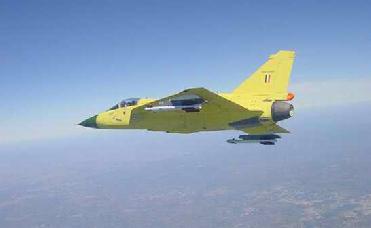
A file photo of Tejas Light Combat Aircraft (LCA).
NEW DELHI (PTI): India's indigenous Light Combat Aircraft (LCA) achieved a major milestone when its prototype landed at Leh air base in the high-altitude Ladakh region of Jammu and Kashmir.
"Tejas (LCA) programme reached a major milestone when the prototype vehicle PV-3 landed at Leh on December 13 (Saturday) this year at 13:26 hours," Defence Research and Development Organisation (DRDO) officials said here on Tuesday.
The event is seen as significant on many counts as Leh airfield is situated at an altitude of 10,600 feet and is one of the highest airfields in the world with a temperature variation ranging from plus 5 degrees Celsius to minus 20 degrees Celsius.
The objective of the current phase of flight trials at Leh was to expose the on-board systems to extreme low temperatures while making an assessment of the aircraft performance in the rarefied atmospheric conditions, DRDO officials said.
Two Tejas prototypes -- PV-3 and LSP-2 -- were involved in this important environmental test. The LSP-2 prototype, powered by the latest IN20 engine with Full Authority Digital Engine Control (FADEC), is in the Standard of Preparation (SOP) that would be cleared for induction into the IAF service soon.
As per reports received from the trial location, the current phase of flight trial was progressing well with aircraft and systems performing well, as expected, officials said.
The aircraft were soaked overnight in cold weather, with temperature around minus 20 degrees Celsius and powered up next day for operation, the officials said.
"The operation of the aircraft was satisfactory. Real time telemetry link between Pathankot, the base camp and National Flight Test Centre (NFTC) of Bangalore was also made operational during the trial," they said.
The successful trial was witnessed by a team from Aeronautical Development Agency (ADA), Hindustan Aeronautics Limited (HAL), Centre for Military Airworthiness Certification (CEMILAC), Directorate General of Aeronautical Quality Assurance (DG-AQA), Aeronautical Development Establishment (ADE), National Aeronautical Laboratories (NAL) and Indian Air Force (IAF).
The flight trials are being conducted by test pilots and flight test engineers of NFTC under the direction of Project Director (Flight Test) Air Commodore Rohit Varma.
Among the senior officers present were ADA director P S Subramanyam, HAL (BC) Managing Director Ashok Naik, and ADE Director P S Krishnan.
Defence Minister A K Antony had announced recently after a review of the HAL in Bangalore that the LCA project, launched in 1982, would be completed by 2011 and its full operational clearance would be obtained by 2010.
Though it has been 26 years since the project was launched, Antony had said that the LCA programme was a success and had announced that the IAF would have its first Tejas squadron with 20 aircraft by 2011.
In all, the IAF planned to have seven Tejas squadrons in phases, with first two squadrons fitted with an US-made engine. The IAF, along with DRDO and HAL, was already working towards indigenously developing a new, more powerful engine for LCA or in collaboration with a foreign partner.
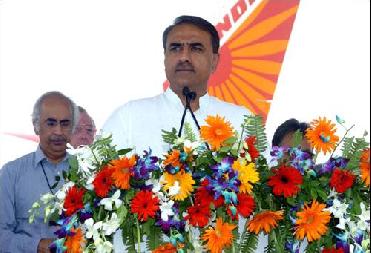 Previous Article
Previous Article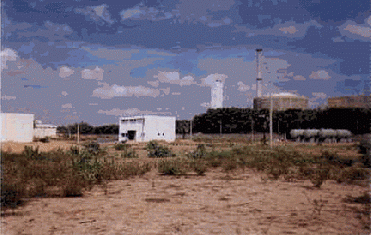 Next Article
Next Article

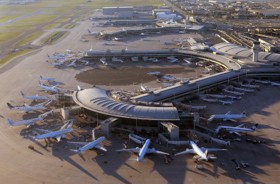
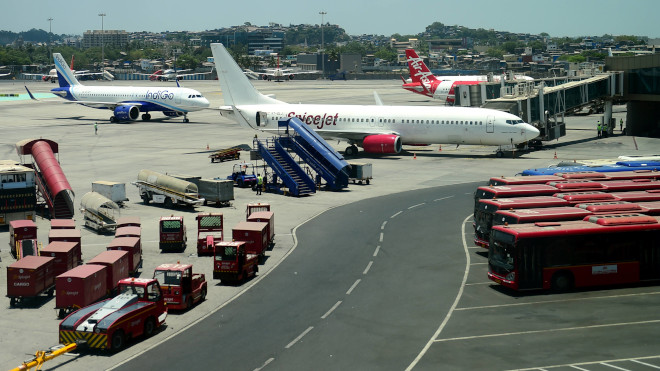










The Indian Air Force, in its flight trials evaluation report submitted before the Defence Ministry l..
view articleAn insight into the Medium Multi-Role Combat Aircraft competition...
view articleSky enthusiasts can now spot the International Space Station (ISS) commanded by Indian-American astr..
view article